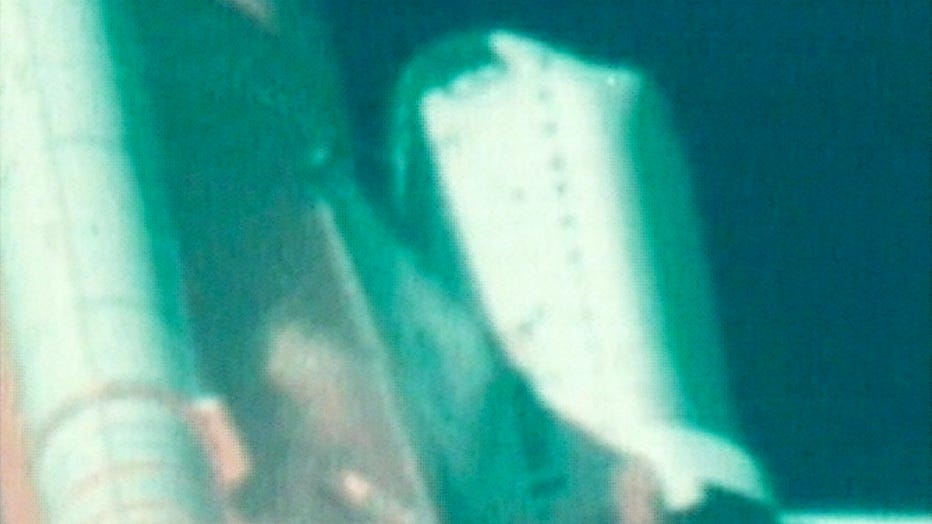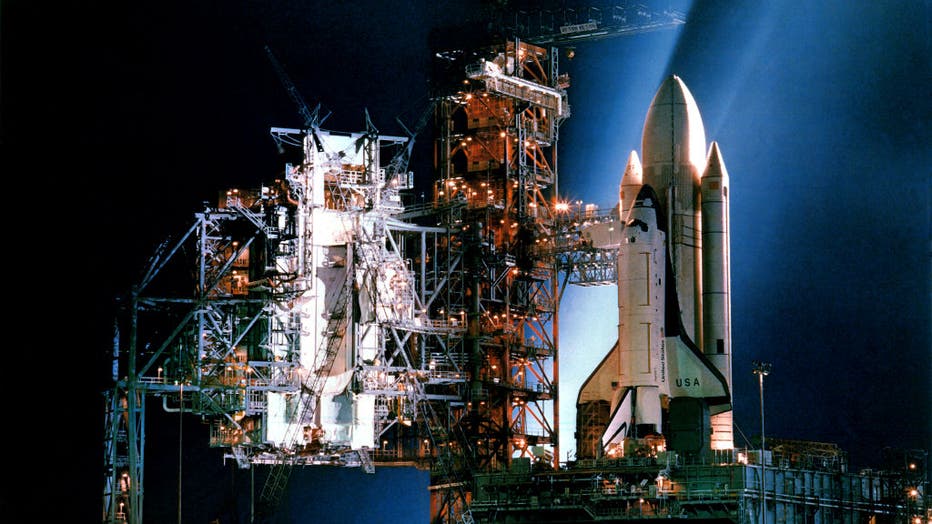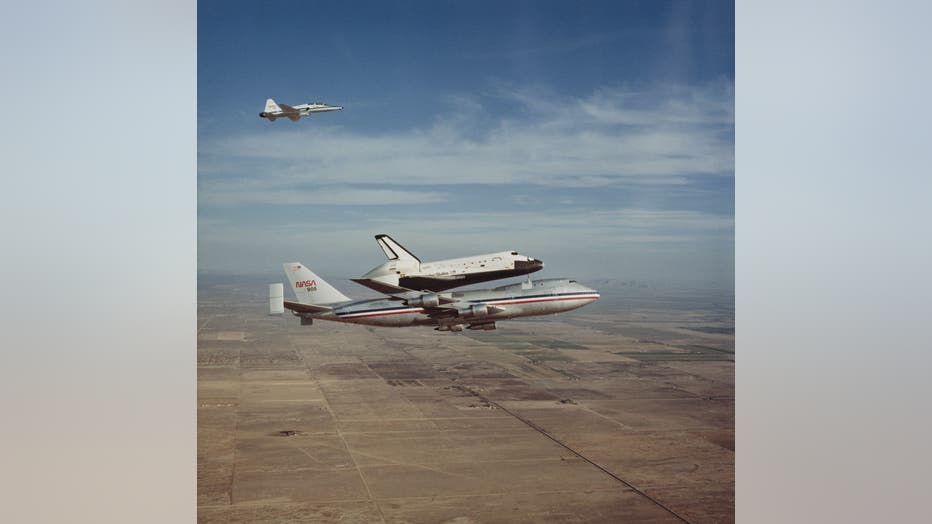Remembering Columbia: 20 years since disaster that signaled end to space shuttle program
UNDATED FILE PHOTO: The crew of Space Shuttle Columbia's mission STS-107 take a break from their training regime to pose for the traditional crew portrait. Seated in front are astronauts Rick D. Husband (L), mission commander; Kalpana Chawla, mission
NASA Associate Administrator and former astronaut Bob Cabana will always remember the day of the Columbia tragedy.
Twenty years ago, on Feb. 1, 2003, Cabana was waiting at the shuttle landing facility to hear the sonic booms as Columbia returned home with seven astronauts.
"And they never came," Cabana said.
As Columbia was re-entering Earth's atmosphere, mission control lost contact with the space shuttle.
STS-107 crew members David Brown, William McCool, Michael Anderson, Kalpana Chawla, Rick Husband, Laurel Blair Salton Clark, and Ilan Ramon were all lost in the spaceflight failure.
"It was really hard knowing that we've lost seven of my friends," Cabana recalls.
NASA later determined a piece of foam from the external tank fell during the launch on Jan. 16, 2003, hitting one of the shuttle's wings at 500 mph. The blow from the foam caused the shuttle to overheat and break up over Texas upon re-entry.
This image from a NASA handout video shows a close-up of the piece of debris falling from the external tank, then striking the left wing of the Space Shuttle Columbia during launch. NASA officials noticed this piece of debris during the liftoff of Columbia but did not consider it a major problem at the time.

Photo by NASA/Getty Images
Last Thursday, NASA paid tribute to the Columbia crew on its Day of Remembrance and also honored the other lives lost in the pursuit of space exploration, including the astronauts in the Apollo 1 fire and the Challenger explosion.
"It's important that we remember on our day of remembrance, we take time not only to honor the crews of Apollo, Challenger, and Columbia and other lost comrades but more importantly, we remember the hard lessons learned," Cabana said. "And that's our day of remembrance, a day of honor, but a day to remember so that we don't make the same mistakes in the past as we move on exploring beyond our home planet."
Cabana said for those of the Artemis generation who were not alive for the space shuttle tragedies or the Apollo 1 fire it remains important to know that these astronauts sacrificed their lives in the name of exploration.
"What we do is terribly unforgiving of mistakes, but it's extremely important," Cabana said. "A ship in the harbor is safe, but it's not doing what it should do. We need to be out exploring. We need to follow their example, their fearless example of exploration. And we need to continue to explore beyond our own planet and establish a presence in our solar system, beyond planet Earth. And that's what we're going to do."
Shuttle Columbia: First orbital spaceflight
Columbia was delivered to the Kennedy Space Center in March 1979. On April 12, 1981, it lifted off from the Kennedy Space Center and became the first shuttle in orbit. Then, after completing its Orbital Flight Test Program – missions STS-1 through 4 – it proved itself as a reusable spaceship that could successfully operate.

A predawn view of the Columbia space shuttle before launch on her maiden space flight. (Photo by: HUM Images/Universal Images Group via Getty Images)

The Space Shuttle Columbia rides on NASA 905, a Boeing 747 Shuttle Carrier Aircraft (SCA), on its way back to the Kennedy Space Center in Florida after the STS-2 mission, 30th November 1981. (Photo by Space Frontiers/Getty Images)
Challenger, Discovery, and Atlantis space shuttles went on to join the orbital fleet.
However, after the Columbia disaster, an investigation is said to have found flaws in design and NASA's safety culture. It marked the end of NASA's space shuttle program and the last one was retired in 2011.
RELATED: Remembering Challenger: 35 years since tragic explosion

